Marrakech Biennial 2014
A conversation with my travel companion Kate Sargent
Kate, what was your first reaction when it was suggested that we could go to the Marrakech Biennale?
I had a mixture of feelings. First I was excited to have the opportunity to go to a continent, country and city that I had never been to before. I have seen Marrakech many times on the television and had always wanted to go to see the sights, sounds and colours. Second, I was slightly anxious to go to a Biennale, as I had never been to one before and I was unsure what to expect. Third, I thought it was an amazing learning opportunity for me. To get exposure to a wide range of contemporary art, artists and art professionals from all over the world in a concentrated time and space. I was delighted to be asked!
There are many biennials all over the world, what attracted you to the Marrakech Biennale in particular?
Good question. As you know I have a particular interest in working with artists from Africa. I had been at the Bamako Photography and DAKAR biennales before, and those were very fruitful visits with regard to shaping Deveron Arts’ international direction. Both in terms of identifying artists we want to work with, as well as making new connections with curators, etc. Bamako led us to work with Congolese photographer Baudouin Mouanda. And this is also where I met Sarah Worden first, who in the end traveled with us to Marrakech (she soon will be Shadow Curator for the MacKay of Uganda project). DAKAR allowed us to set up a prize, which was distributed by the Senegalese president and its cultural minister the great singer Youssou N’Dour; we gave it to Nancy Mteki from Zimbabwe, who subsequently visited us last year and has now a show at National Gallery of Zimbabwe as a result of this.
But I feel strongly that when traveling one needs also to see the places one visits. They give you a lot of inspiration. Marrakech is a 24/7 feast for the senses –colours, scents, beats. Nobody can leave it without new inspirations. So as you say, it is both, the search for new artists and contacts, as well as the search for new inspiration. 50/50. What did you find most inspiring during our visit to the ancient royal city of Marrakech?
One thing that stood out for me was the spaces that were being used as exhibition spaces. Coming from Deveron Arts, where the town is the venue, it felt like Marrakech really was the venue. The programme told us before we went that there would be a variety of site specific work, and I certainly found that interesting and inspirational. For example Cevdet Erek’s sound installation in the jail of the Palais Badii, which used the calls of the Storks that sit upon it’s ramparts to inform the work; and Alexander Ponomarev‘s ship balanced on a hill in the desert (Voice in the Wilderness). Also ‘Pimp my Garbage’, by collective Z’bel Manifesto, which used plastic bottles suspended from strings in the entrance hallway of an abandoned apartment. It was necessary to push through the plastic garbage forest, without any invitation and a sense of trepidation about what one might find on the other side, when lost in the centre not able to see where one came from, or where one is going.
However, it was also interesting and intriguing to be able to view the exhibitions within the used and disused buildings of Marrakech. The former Bank on the Place Jemma El Fna, with installations in the basement, and among the old pigeon holes, as well as in the grand entrance hall; the unfinished concrete shell of the Theatre Royal; the abandoned art deco apartments of L’Blassa as well as the plush surroundings of the Riad El Fenn and the Museum of Marrakech.
What about you? What did you find most inspiring?
This is a question one can’t really answer when a. in Marrakech, and b. in a rich biennial like this one. But I know what you mean, you probably don’t want me to single out one thing. Ok, the two immediate things that come to mind are a. the trip organized by atla(S)now and b. the mini golf on Place El Fna.
a. The trip went to Asni and Imlil in the Atlas mountains which discusses the possibilities of decentralisation of art from the centers of the urban circuit. Purpose was to ‘give a local feel to the Biennale’s global nature’. Angelo Bellobono – the lead artist on the projects tried to bring together his interest and passion for skiing with art – something that interests me tremendously. In our experience, the moment art is combined with another real life interest, it brings in other real life people. It’s a simple formula. He managed to bring a mountain guide from the Atlas region to Italy to be trained as a ski touring teacher, this is real art for me. He also skied in a galabia, and his art colleague created the first Berber national football team with national anthem, ball boys and all the other features of the great game. Brilliant. I liked the simplicity of the day: bus, art, walk, olives, chat, stories, great views, mint tea, local participants. On the bus and on the walk one got the experience to really get to meet the artist, and also the other people on the trip (2 London curators, an Austrian graphic designer and a Berlin journalist, 2 Italian curators). We all came home as friends. Angelo Bellobono the lead artist in the project is certainly somebody we want to stay in touch with. In the evening we all met again at the Salon in L’Blassa, which Hassan Hajjaj created, another artist I wanted to bring to Huntly for a long time. Finally, in August, after Ramadan, it is happening. This would not have happened by email.
b. The minigolf, created on a short stretch of fake grass. Its an artwork in itself, such as so many other things on Jemaa El Fna. Brilliant, it made me think we should send Catrin Jeans there, our Cultural Health Visitor. She would come back with a year’s full of inspiration for Stacation in Huntly.
What inspired you most outside the biennial circuit?
This is probably a fairly obvious answer, but my favourite experience was our evenings wandering, wondering and eating at the Place Jemaa El Fna. The evening we arrived we were all exhausted from a day of travel, and I was feeling trepidation at being in a new and very different country. After negotiating our way out of the winding passageways of the Kasbah, where we were staying, we were hit by the sights, sounds and smells of the square. Smoke hovered above the street market food stalls, smells of sizzling sausages enticed us and young men tried to persuade us into their particular stall with offers of ‘guaranteed no diahorea’ and ‘same shit, different stall’. After eventually choosing a stall that we felt had a good balance of Moroccans to Europeans (ie more Moroccans) we ate delicious tagines, kebabs, sausages and fish for very little money, with excellent efficient, friendly service and good banter! When we returned to the same stall another evening we were recognized and offered free mint tea as a thank you for returning. I felt welcome and comfortable as well as enjoying the food and service. I think this type of experience is quite a rarity and something to be learned from. I also enjoyed getting taxis around the city. You struck up conversations with all the drivers, and it was so interesting to hear their responses to your questions.
That’s the way – Aha aha, I like it, aha aha ….. (the tune they sing and clap when they catch a customer); so much fun! Yes, taxi drivers are a great source of knowledge when going to a different country. Sometimes when I am only a very short time in a new place, I just negotiate an hour or two, or however much time I have for them to drive you about. I have done this in many places. Like in Belgrade, when my daughter Rachel and I arrived at 6am with the sleeper from Zagreb, on our way to Istanbul. We had a good hour to change train, too much luggage to wonder about; and 20 degrees minus. The taxi driver drove us about all of the city’s sites, then in particular the bombed places of the Balkan war in the 90ies; he had a bottle of home made wine in his car and insisted that we take a sip at first, and then to take the bottle with us on the train. Do you think travel is important for people’s mind? Do you think art is important for people’s health?
I wouldn’t say necessarily that either travel or art are important for people’s health, however, I think they are both important to open one’s mind, see things from new perspectives and inspire new thinking. In order to achieve innovation in any field there must be an element of creativity and creativity is inspired through research and experience. Visiting new places enables one to see new things, meet new people and see a different way of life that can be learned from. For me good art also allows the audience to see something differently (whether that be through a painting or a participatory experience), perhaps in a way they had never thought of before and providing the potential to open up a new way of thinking about something in their own life or work.
Mmh, you are talking about audience. I am not sure if one always needs to know about the fact that something is art. The word audience implies, it’s a chosen state of being. Same with participant I guess, but less passive. When reading the catalogue, while you are writing here on this EASY JET flight, I came across this artist Robertas Narkus who made incidental ventures in the art hotel El Fenn, which was the biennale hub. We were there only briefly, I wonder whether the turtles crawling around the patio café or even the pool into which we almost walked like Hans-Guck-in-die-Luft were such interventions? Does it matter whether it is art or not? Both situations certainly gave us food for talk and will stay memorable. In as much as the lady with the giant basket who ran after us, or the colourful carpet hanging from a Berber house in Imlil.
I am concerned that the captain will call soon for Gatwick landing. So, I just wanted to mention a few more art works that I found memorable (NB: I made a habit of just collecting the artworks that I remember on my return, before life and art takes over back home again – see Venice biennale).
One of the things that will make a long lasting impression are Eric van Hove’s motor parts made by 57 Moroccan artisans – silversmiths, potters, woodworkers – for the engine of a luxury car; when first produced it needed a Mercedes engine from Germany. A play on excellence: 100 years of good engineering and 1000 years of oriental craftsmanship. Fantastic work, I need to tell Nuno about it; great inspiration for the skills biennale.

Or the work by Hicham Benohoud, on the Maghrib bank, once the pillar of Moroccan economy – now redundant and luckily serving as a year round exhibition space. The fluorescent lights on its roof say Welcome to Marrakech, but the name of the city is upside down, – a reaction to King Hassan IV’s aim to bring 20m visitors to the city (per day, per annum, per decade?). What do you think about mass tourism? Is it a good thing, that ordinary people can visit all those places at all times now? Or should they stay more precious, more exclusive, more preserved?
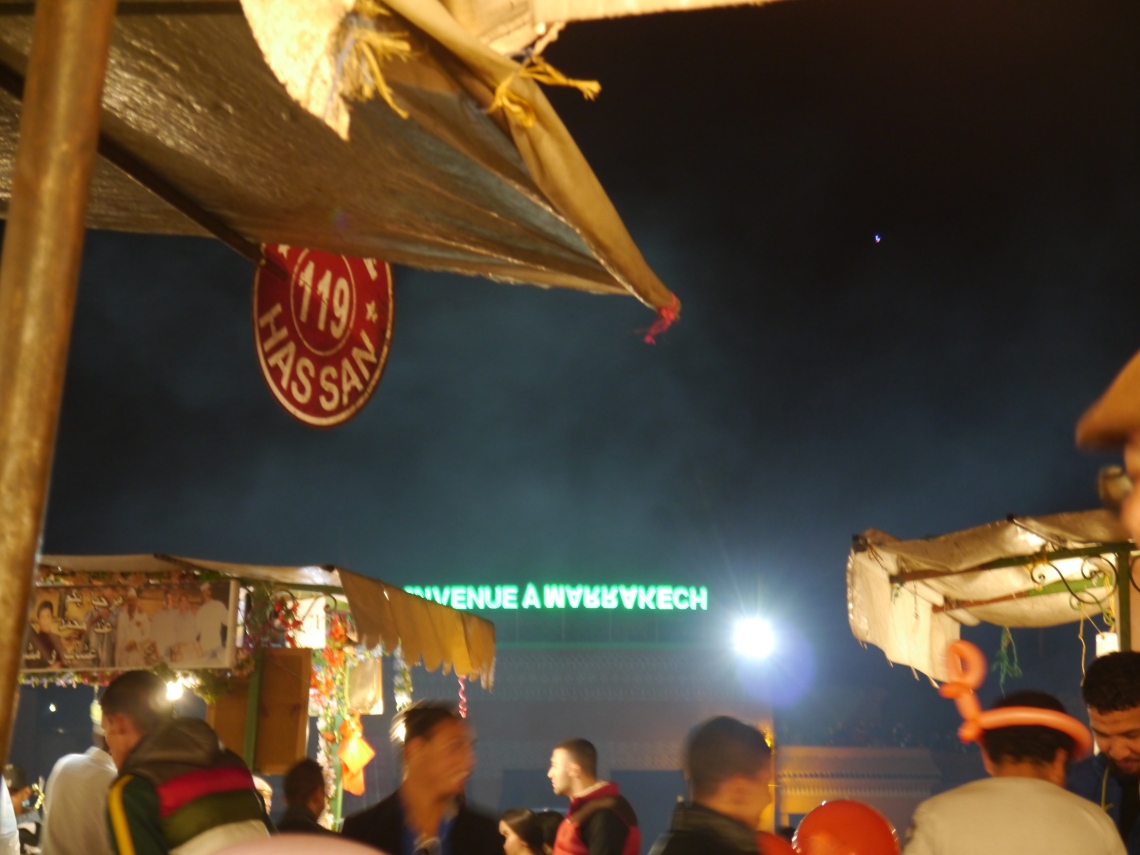
Maybe Burak Arikan’s video Monovacation bringing together 3-4 second clips from 20 countries’ official tourism TV commercials in one film are a good response to this question?
There was also Anne Verhoijsen’s film interviewing people from all walks of life and from different religious orientations about Paradise, and Adam and Eve. But maybe I remember this work mainly because I had the pleasure to walk down with Anne from Alexander’s mountain in the desert. The massive ship made of palm materials by this Ukrainian artist is an epic work in the hostile but beautiful landscape, one sees rarely work of this magnitude today. He asks us to come back on the ship, all of us. Do you think the voluptuousness of the food helped to understand the work? Or did it distract from attention to it? Do you think we deserved it in this place, there and then?
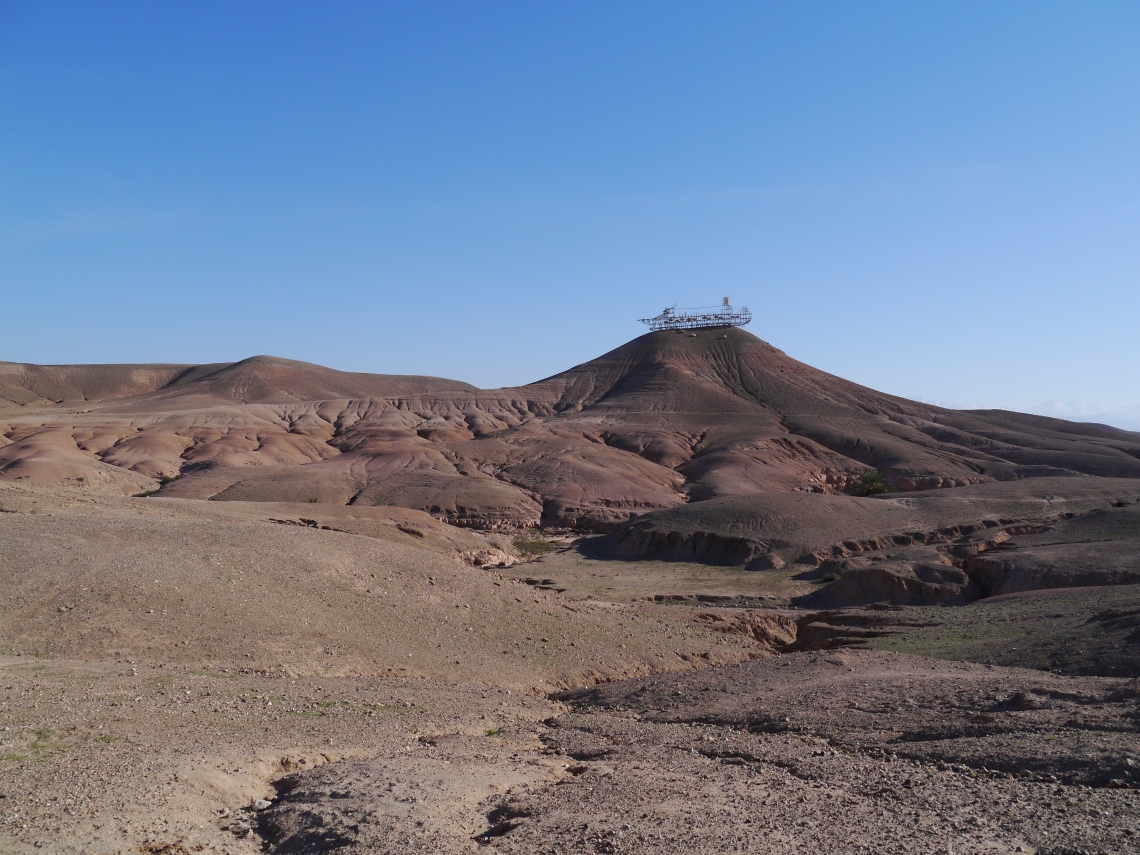
Gosh, a lot to answer in the last 30 minutes of the flight!!! First, in response to your comments about audience, I don’t agree that an audience has to choose to be an audience, and I totally agree that one doesn’t need to know whether something is art or not, in the same way one doesn’t need to know whether one is an audience or not. It is interesting that you should pick up on my use of the word, as I did deliberate on it when I wrote it, choosing it instead of viewer, as I didn’t want to be limiting. Perhaps I should have said ‘good art allows one to see something differently’. So, no I do not think it matters whether the tortoises or the situation of the swimming pool were art or not, what matters is they made us think about our surroundings differently.
In response to the mass tourism question, it leads me to think about the questions of border control, a hot topic among the 3 of us this week. In one respect countries are desperately trying to bring people in for tourism, as other economies dwindle, and in the other, countries are making it more and more difficult to cross those borders, thus making tourism exclusive. The balance between mass tourism and preservation is a tricky one, however, I am a firm believer that ordinary people must still have access, that in creating exclusivity one is limiting the possibilities for the learning and new thinking I described above. Finding the balance is always the difficult thing. I did find the video that mapped the themes used in travel advertising very interesting, I originally thought it was a comment on advertising, and the themes that appeal to travellers, however, it is interesting to consider the questions it inspired in you.
With regards to the hospitality provided in the desert during the ship performance, I don’t think that it helped us to understand the work, or that we deserved it (although maybe we did in the end after standing in the cold desert after dark for an hour waiting for our bus, which we weren’t sure would ever come), however, it added to the overall experience of the event, making it even more special and memorable, leaving a lasting impression on the guests. I don’t think it was a distraction, as almost everyone left the hospitality area to watch the performance. However, it did feel slightly inappropriate as we ambled along the road afterwards, well fed, watered and spoiled and met the children from the desert village, who did not get to enjoy the hospitality offered right next door, in return for hosting the boat on their hill.
You beat me to it. My last question was honing on the migration quest we discussed on the shared breakfast table with the other guests in the Riad. When waiting for the flight to be called I talked to the attendant at the check out who looked at our plane. I asked him whether he has ever been to Europe. He said no. He may never get there, although he is dealing with people flying off every day. I think a world without borders is a lovely utopia, a dream that I carried around with me all my life. I am not sure how many people share this dream in our countries. But I should really check out, whether anybody has done any studies on this I check with my friend Weert, he is involved in future studies at the Berlin Science Center. He invents ‘wild cards’ what would happen if? What would happen if there were no borders?
Thank you Kate for coming with me.


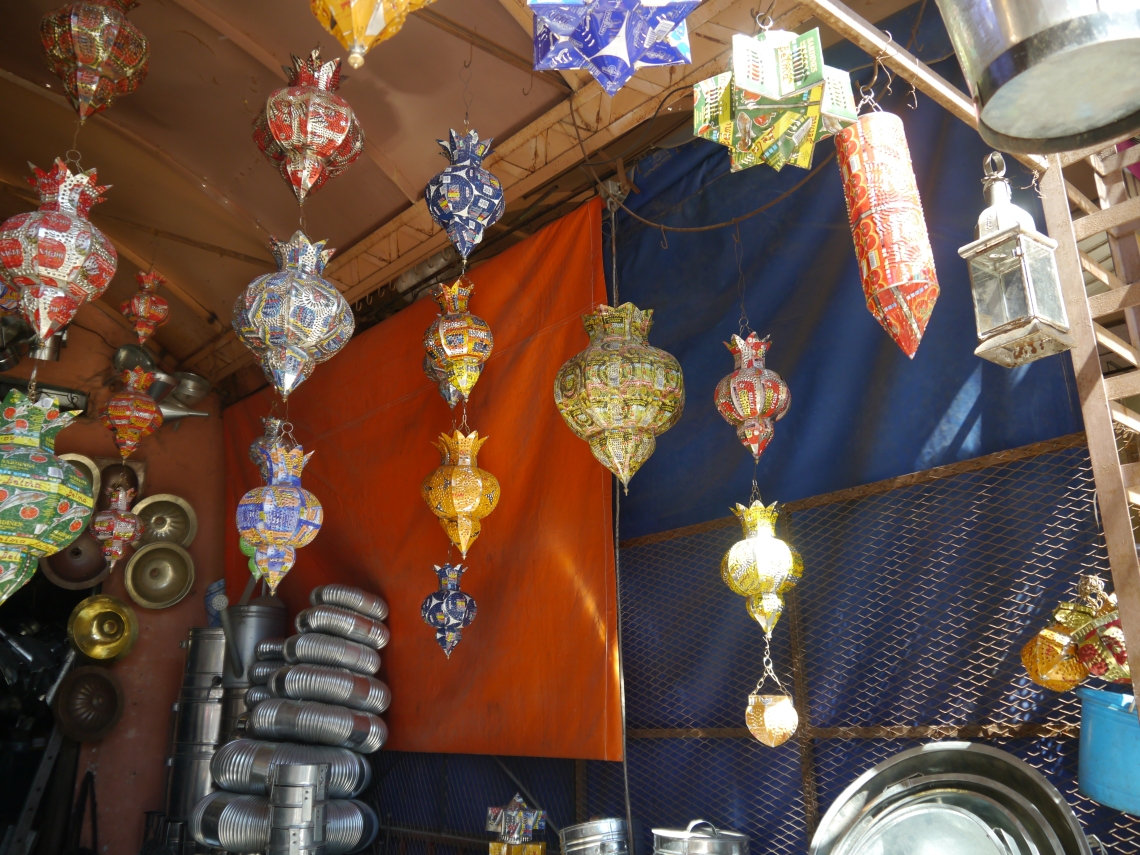
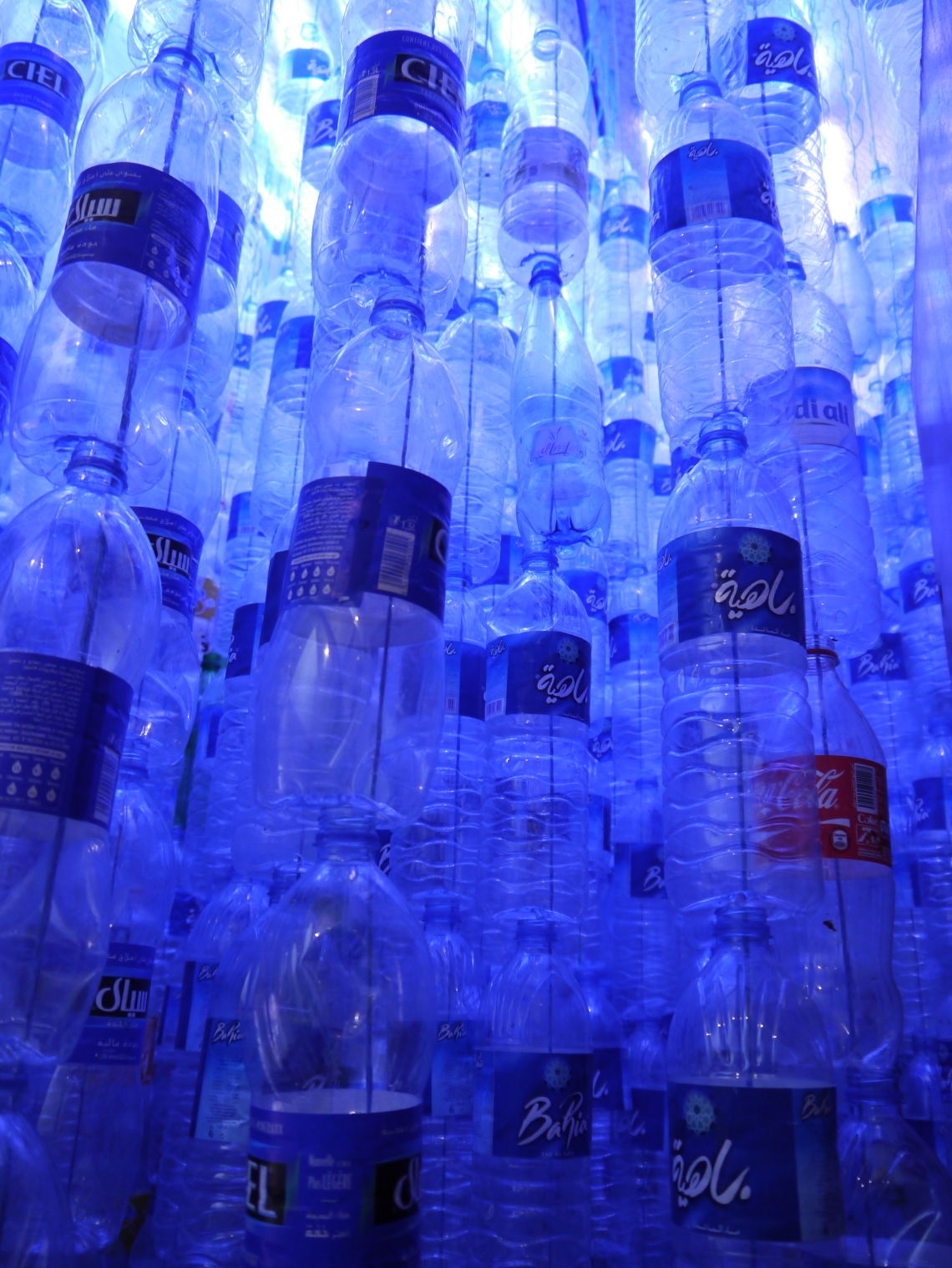
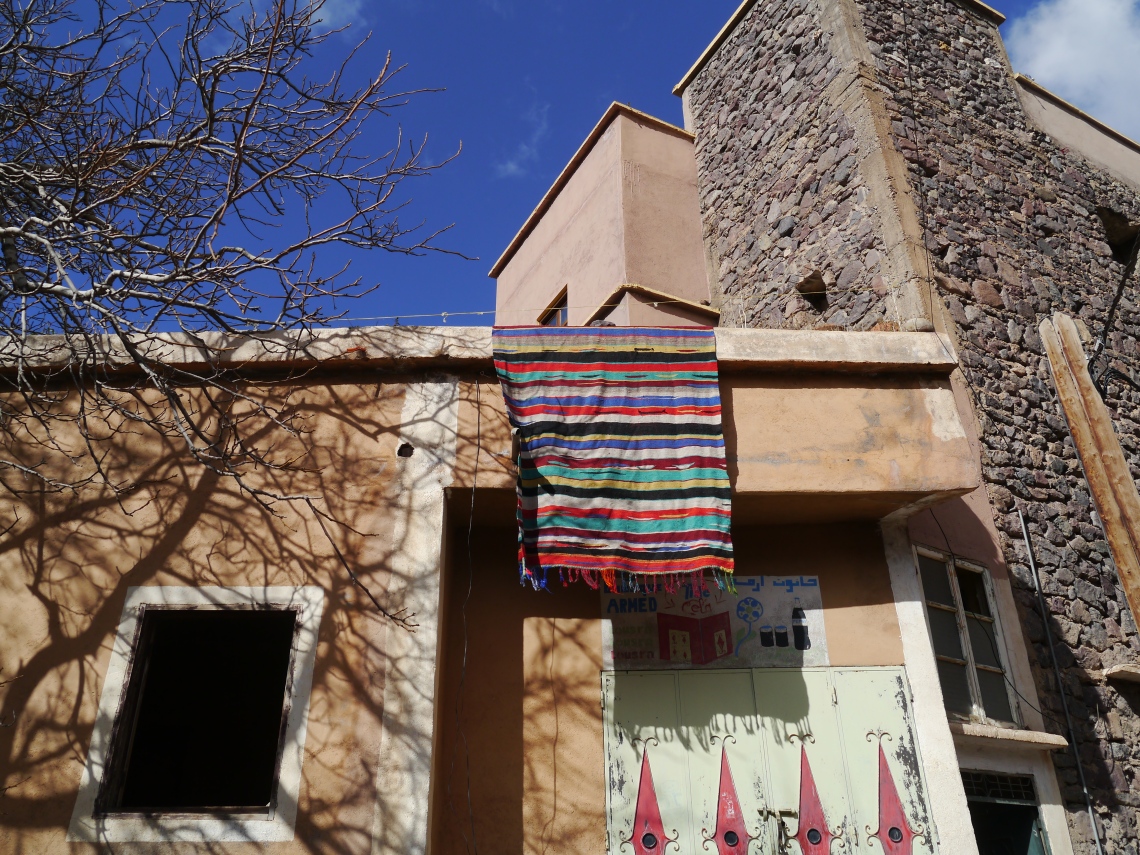
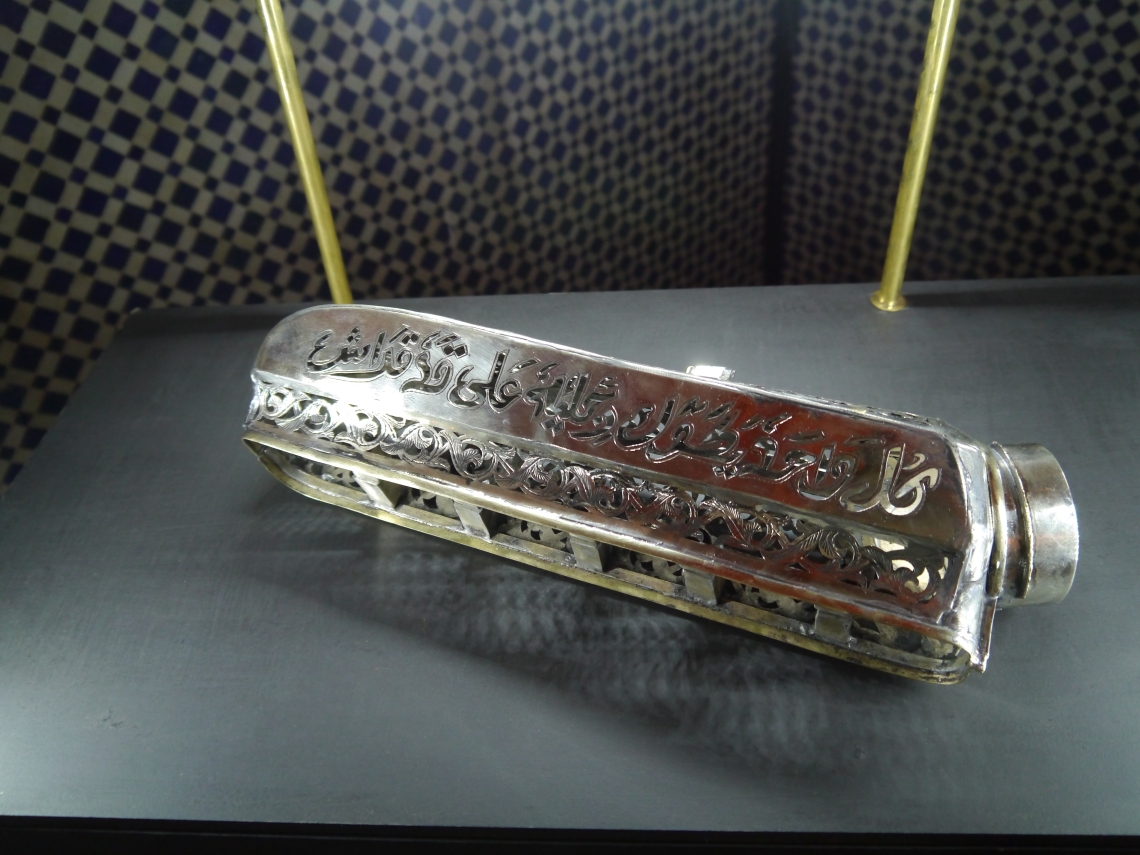
Dear Claudia, Very nice article and although I have seen different things it immediately brings back the whole lively energy from this beautiful and extraordinary Biennale and place Marrakech. But where we met on the mountain by this intense work of Alexander we both together with a lot of people enjoyed this very special event.
Thanks Anne